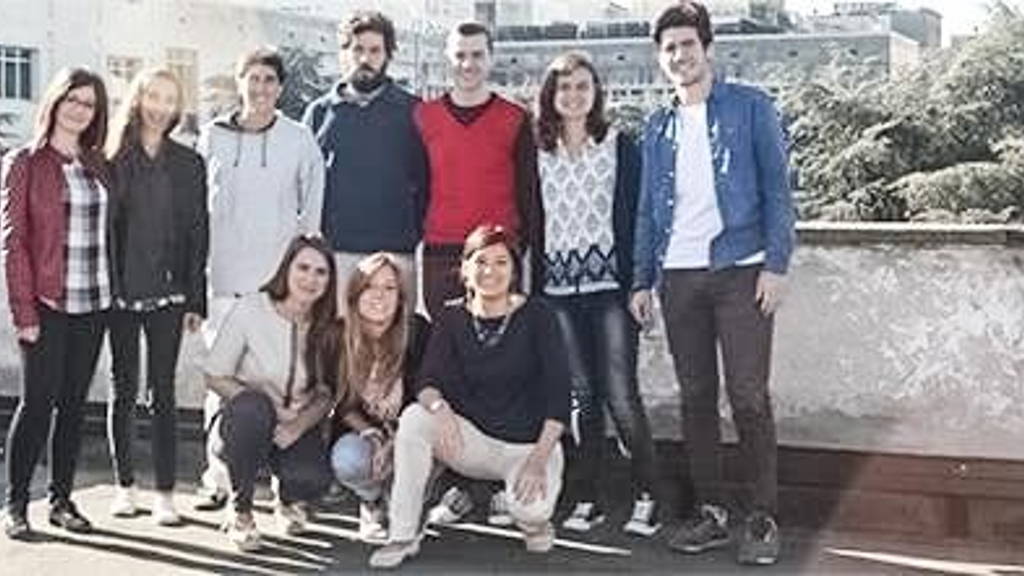Despite recent advances in the fight against cancer, scientific research continues on several fronts. Current studies in the field of nanomedicine are proving very promising. For a pioneering project in this field, professor Valentina Cauda, received funding from the ERC. The project is meant to develop therapies to target cancer cells by means of nanoparticles, without affecting the surrounding tissue.
“In addition to this therapeutic effect, we have also designed the nanoparticles as diagnostic tools,” Cauda adds. “In fact, when stimulated with ultraviolet lighting techniques, they will allow a better vision of the area affected by the tumor.”
What makes Cauda’s project different, is that the use of chemotherapeutical substances associated with the nanoparticle are not foreseen. This should reduce the risks linked to the administration of these substances, in particular their unintentional release during the journey, which can damage other healthy tissues and organs.
“The therapeutic effect is due to a mechanism by which the nanoparticle disintegrates inside the tumor cell, releasing ions and radicals that damage it. Often, one hears of free radicals that are created by sunlight exposure and cause the ageing of cells. The procedure is very similar but, in this case, the release of radicals is extremely localized, and only occurs within the cancer cell.”
“It is essential, in fact, to find the peptide or antibody that binds to a specific receptor on the cancer cell, the selectivity otherwise fails and you can end hitting other cells. In general, it will be possible to extend these considerations to any type of cancer.”
For now, the project is focused on the development of the nanoparticle in the lab. In the future, it will also cover the mechanisms of treatment and diagnosis on the tumor. During the next five years studies will follow on cultures of cancer cells in the lab and, if the data will be comforting, the team can move on to clinical trials on patients, probably not before the next ten years.
Valentina Cauda is a chemical engineer. She worked at the University of Munich collaborating with various groups specialising in biomedical research. She decided to return to Turin initially at the Italian Institute of Technology and now, with ERC funding for her project, at the Politecnico di Torino, where she leads a research team.
Biomemetic nanoparticles
These nanoparticles - TrojaNanoHorses (TNH Lab) - are engineered to be biomimetic: they can be injected into the bloodstream without causing immune reactions within the receiving body, that is, the tumor. Just as the mythical Trojan Horse used in the Trojan War to gain access to Troy, the particles are not recognized as dangerous. Once inside the tumor cell, the nanoparticles give rise to mechanisms that can destroy it.“In addition to this therapeutic effect, we have also designed the nanoparticles as diagnostic tools,” Cauda adds. “In fact, when stimulated with ultraviolet lighting techniques, they will allow a better vision of the area affected by the tumor.”
Use of nanodrugs
There are numerous and very valid studies carried out in recent years in the field of nanomaterials, materials of the dimensions of one billionth of a meter. Many of these involve the use of nanodrugs that are incorporated in the particle to be transported to the tumor cell.What makes Cauda’s project different, is that the use of chemotherapeutical substances associated with the nanoparticle are not foreseen. This should reduce the risks linked to the administration of these substances, in particular their unintentional release during the journey, which can damage other healthy tissues and organs.
“The therapeutic effect is due to a mechanism by which the nanoparticle disintegrates inside the tumor cell, releasing ions and radicals that damage it. Often, one hears of free radicals that are created by sunlight exposure and cause the ageing of cells. The procedure is very similar but, in this case, the release of radicals is extremely localized, and only occurs within the cancer cell.”
Specific molecules to target breast cancer
Though not specifically aimed at battling breast cancer, the Politecnico di Torino project results can certainly aid in this field, Cauda states. The key to reaching the tumor is given by the molecules placed on the surface of the nanoparticle, which give the exact ‘address’ to hit the target tumor cells. It will therefore be necessary to find the specific molecules to target breast cancer, in cooperation with clinicians and biologists with experience treating this type of tumor.“It is essential, in fact, to find the peptide or antibody that binds to a specific receptor on the cancer cell, the selectivity otherwise fails and you can end hitting other cells. In general, it will be possible to extend these considerations to any type of cancer.”
For now, the project is focused on the development of the nanoparticle in the lab. In the future, it will also cover the mechanisms of treatment and diagnosis on the tumor. During the next five years studies will follow on cultures of cancer cells in the lab and, if the data will be comforting, the team can move on to clinical trials on patients, probably not before the next ten years.
Valentina Cauda is a chemical engineer. She worked at the University of Munich collaborating with various groups specialising in biomedical research. She decided to return to Turin initially at the Italian Institute of Technology and now, with ERC funding for her project, at the Politecnico di Torino, where she leads a research team.






